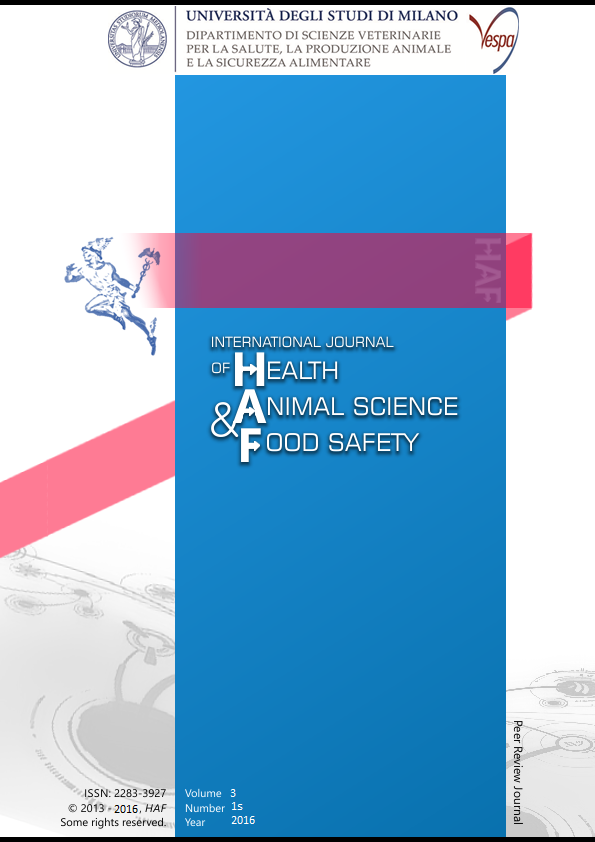Abstract
Honeybees (Apis mellifera) evolved social immunity mechanisms based on coordinated behavioral mechanisms for reducing the disease risk in the hive. Among these, Hygienic Behavior (HB) leads to the uncapping and removal of dead, diseased or parasitized brood (Cremer, 2007). The characterization of expression markers of HB could greatly assist in-field selection still incomplete. This work was characterized by a transversal approach: from in-field phenotypic characterization, to expression profiling of selected honeybee brain non-coding (microRNAs) and coding (RNAm) genes to assess differential expression of selected gene targets between selected honeybee families with high and low HB, respectively.
After a preliminary work performed in 2015, during spring 2016 honeybee nurses were sampled from 28 hives simultaneously with the evaluation of HB score through freeze-killed brood assay performed with the cooperation of professional honeybee breeders (E. Bonfanti, L. Sesso). The nurses from 16 families (8 with the highest and 8 with the lowest HB scores, respectively) underwent expression analysis of the following target genes potentially linked to HB and/or learning processes: ame-miR-219, ame-miR-276, let-7a (Behura, 2010) ame-miR-932 (Cristino, 2014), and Act5C, Mblk-1 (Takeuchi, 2001) and Obp4 (Chandrasekaran, 2011). The experimental workflow was as follows: 1) dissection and pooling of brains, 2) total RNA extraction, quantification and retrotranscription, 3) RT-quantitative Real Time PCR.
The differential expression analysis of the candidate markers, performed after selection of the normalizing gene through geNorm and NormFinder algorithms, highlighted a correlation of OBP4 and ACT5C expression level with HB score.
Riferimenti bibliografici
Cremer, S., Armitage, S. A. O., Schmid-Hempel, P., 2007. Social Immunity. Social immunity. Current Biology 17: R693–R702.
Behura, S. K., Whitfield, C. W., 2010. Correlated expression patterns of microRNA genes with age-dependent behavioural changes in honeybee. Insect Molecular Biology 19: 431-439.
Cristino, A. S., Barchuk, A. R., Freitas, F. C. P., Narayanan, R. K., Biergans, S. D., Zhao, Z., Simoes, Z. L. P., Reinhard, J., Claudianos, C., 2014. Neuroligin-associated microRNA-932 targets actin and regulates memory in the honeybee. Nature Comumunications 5:5529.
Takeuchi, H., Kage†, E., Sawata, M., Kamikouchi, A., Ohashi, K., Ohara, M., Fujiyuki, T., Kunieda, T., Sekimizu, T., Natori, .S., Kubo, T.,2001. Blackwell Science Ltd Identification of a novel gene, Mblk-1, that encodes a putative transcription factor expressed preferentially in the large-type Kenyon cells of the honeybee brain. Insect Molecular Biology. 10: 487-494.
Chandrasekaran S., Amentb, S. A., Eddyc, J. A., Rodriguez-Zasd S. L., Schatzb, B. R., Pricea, N. D., Robinsonb, G. E., 2011. Behavior-specific changes in transcriptional modules lead to distinct and predictable neurogenomic states.. Proceedings of the National Academy of Sciences 108: 18020-18025.
This work is licensed under a CC BY-SA 4.0 international

